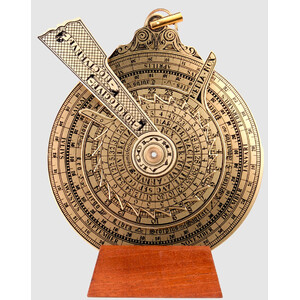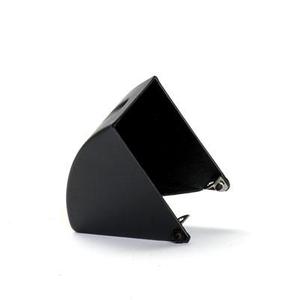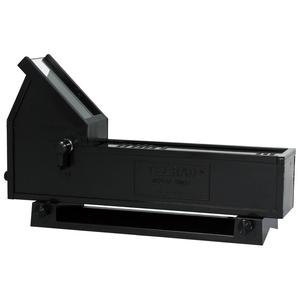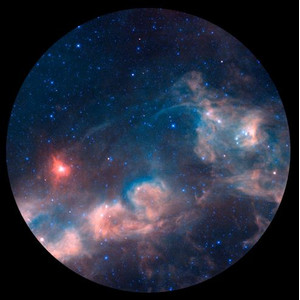Polski tekst jest jeszcze w opracowywaniu. Na razie dostępna jest tylko wersja angielska. Przepraszamy!
Reproduction of a de Rojas universal astrolabe, as realized by Juan de Rojas y Sarmiento in the 16th century.
The Spanish astronomer and mathematician Juan de Rojas y Sarmiento presented the orthogonal projection to the European public in 1550.
This projection was successfully used in this universal astrolabe. It offered significant advantages over its predecessors as it could be used at any latitude.
Function
An astrolabe is a very ancient astronomical computer for solving problems with respect to time (what hour of the day it is) and the position of the sun and stars.
Astrolabes are used to represent the sky at a particular location, given the current time.
This is done by the representation of the sky on the face of the astrolabe.
To use an astrolabe, the moving parts are used to set it to a certain date and a specific time. Once set, a wealth of information about the sky (both visible and invisible) is displayed on the face of the instrument.
Typical uses of the astrolabe include telling the time during the day or at night, determining the time of celestial phenomena, such as sunrise or sunsets, and for practical help in the calculation of star positions.
A typical astrolabe was not a navigation instrument, although another instrument - called a mariner's astrolabe - was in widespread use in the Renaissance.
History
The history of the astrolabe starts more than 2000 years ago.
The laws governing the projection astrolabe (stereographic) were already known in 150BC and accurate astrolabes were produced before 400AD.
The astrolabe was highly developed in the year 800 in the Islamic world and introduced into Europe from Islamic Spain (al-Andalus) in the early 12th century.
It was the most popular astronomical instrument up until about 1650, when it was replaced by more precise instruments.
Accuracy
The sky map of this astrolabe was brought up to date in the 21st Century.
This astrolabe is fully functional.
Its accuracy is:
* * * * * for the Northern latitudes
* * * for the Southern latitudes
Attention to detail, historical interest and a beautiful design are the hallmarks of this attractive astrolabe. It comes complete with a wooden base and instruction manual (in English, French, Spanish and Italian).






